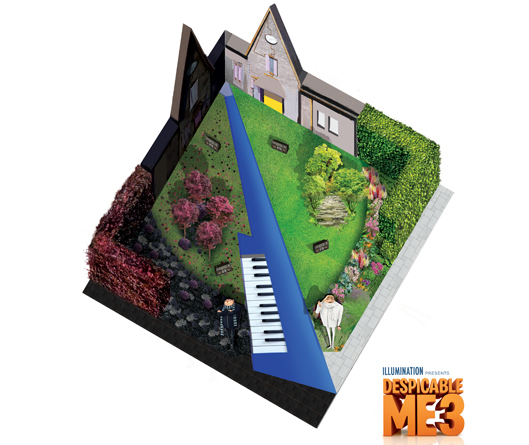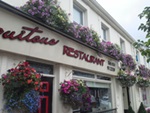As part of the Carmelite Community and Priory Gathering Weekend, the Lord Mayor Oisín Quinn has launched the Aungier Street Project Report.
The project is a pilot of the wider Dublin City Council Public Realm Strategy which recognises that condition, character and uses of the surrounding buildings can add to how the public experience the area. The publication sets out a number of recommendations and next steps to be undertaken in collaboration with local residents and businesses.
The project lists possibilities and ideas to stimulate change on Aungier Street, transforming it from a place to pass through into a destination, showcasing the value of its heritage and unique character and promoting economic regeneration. This urban project is innovative in approach – looking at things afresh, rethinking the ground-rules and proposing change for the better. This is an opportunity to reinvent a part of the city; to make the undervalued valued and the ordinary extraordinary.
Lord Mayor Oisín Quinn said: “I want to compliment Dublin City Council, the Dublin Civic Trust and the Heritage Council for their work in producing this excellent Report. My view of Aungier Street will never be the same now that the splendid architecture of the buildings and the mansions has been drawn to my attention. This report makes us all see the street from a totally different perspective. I look forward to new initiatives taking place in the Aungier Street area over the coming years and the street going from strength to strength.”
Ali Grehan, City Architect with Dublin City Council, said: “Although Aungier Street is often over-looked it is one of the great neighbourhoods in the historic core of Dublin and has a fascinating history. The Aungier Street project looks at revitalising the area by using its historic value as a district and its quality as a place to live in, work and visit.”
The street was laid out by Francis Aungier in 1661 through the former grounds of the Whitefriars monastery. Planning a street of this scale among the narrow lanes of the medieval city was a new departure. The grandeur of the street also gave rise to a new type of city mansion, several of which still survive to greater or lesser levels of intactness. These would have been the grandest houses in pre-Georgian Dublin and the known survivors are designated as both recorded monuments and protected structures.
Source: Build.ie




